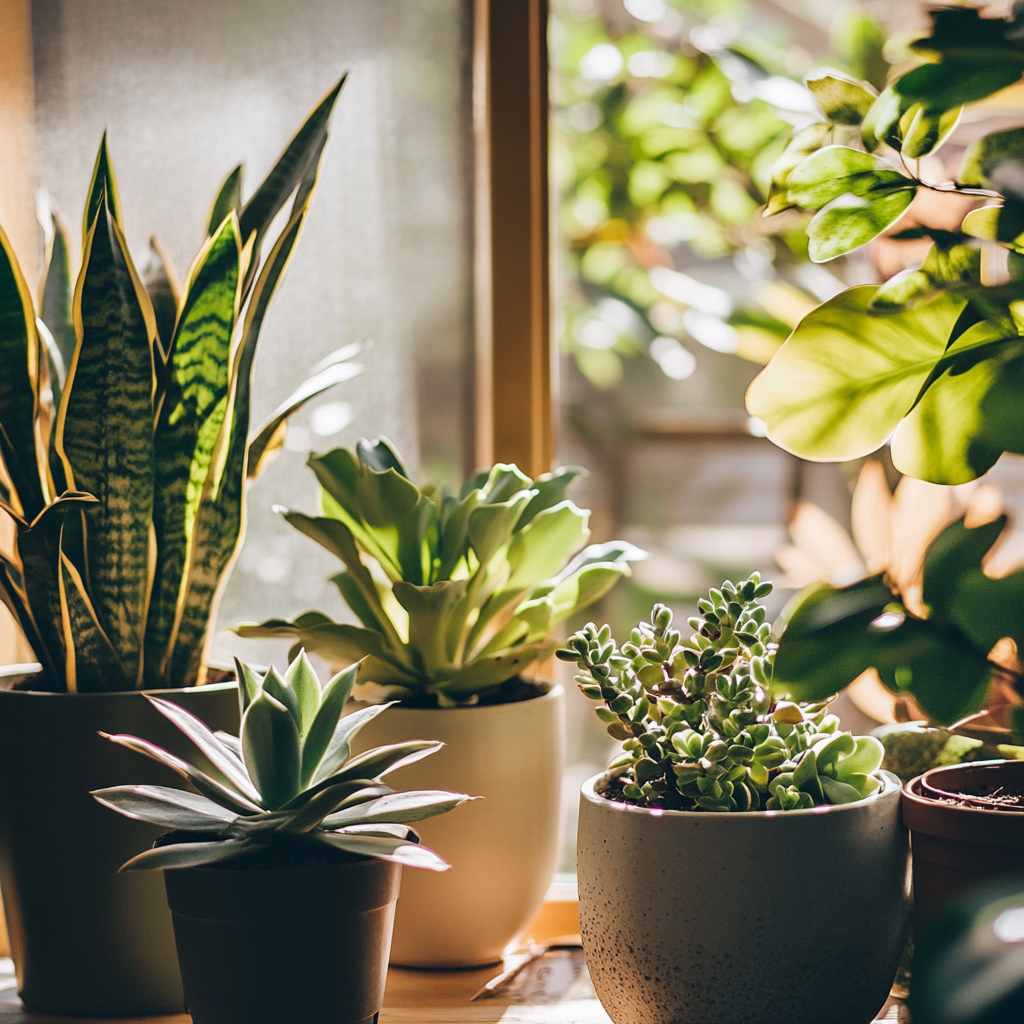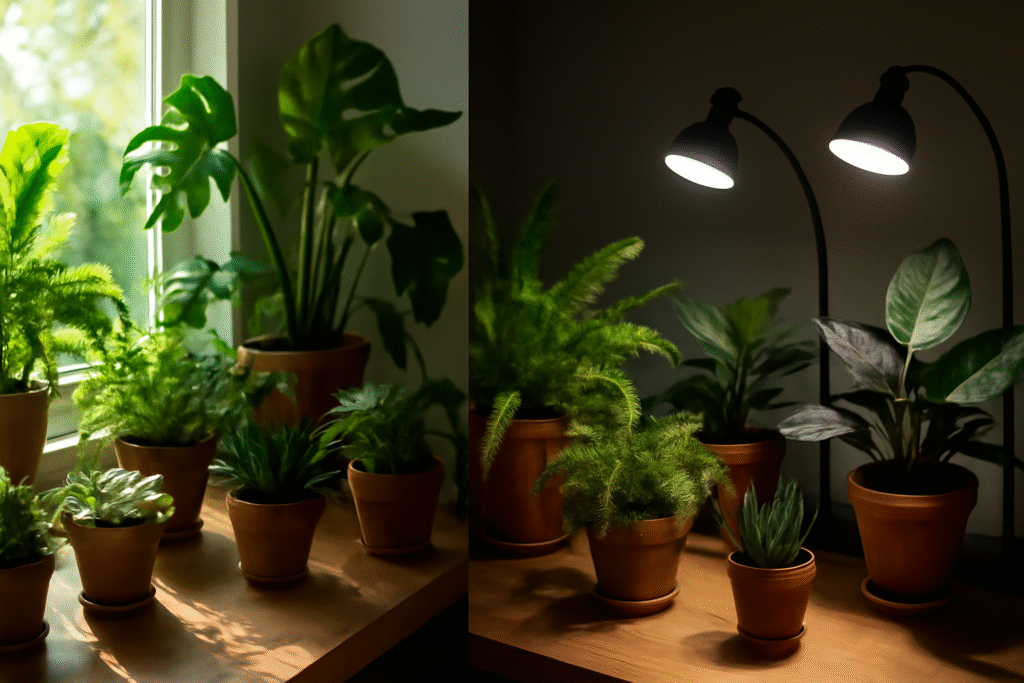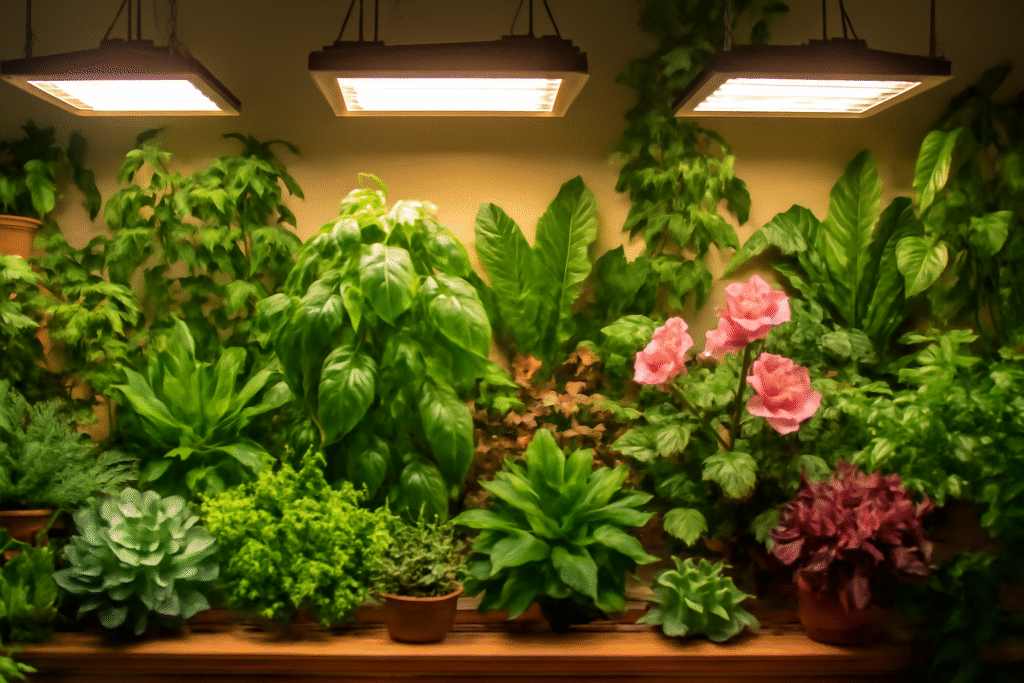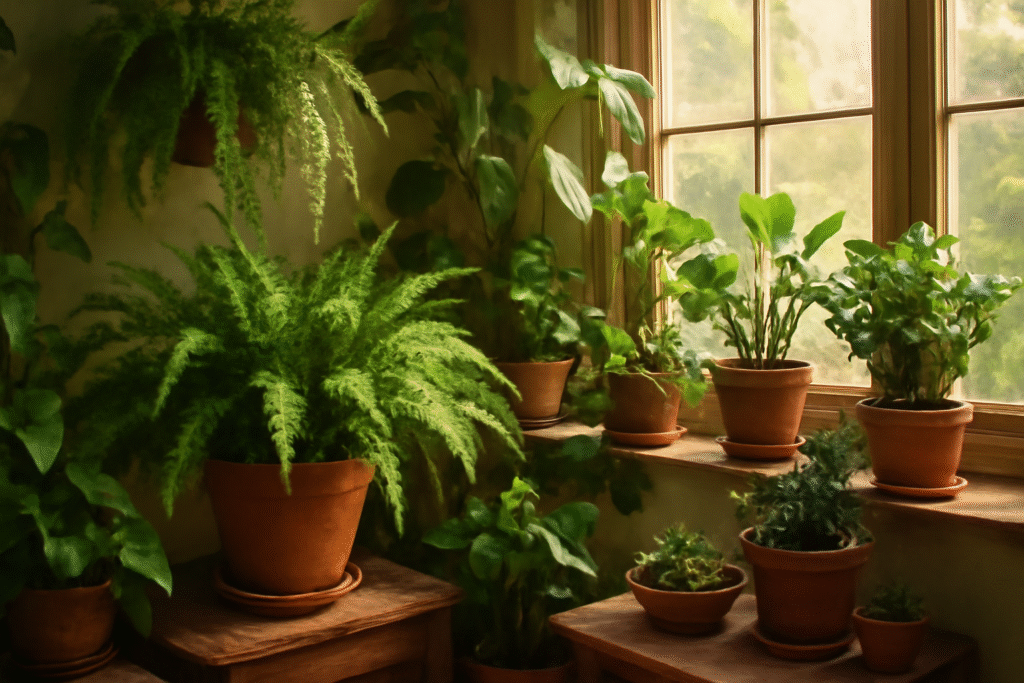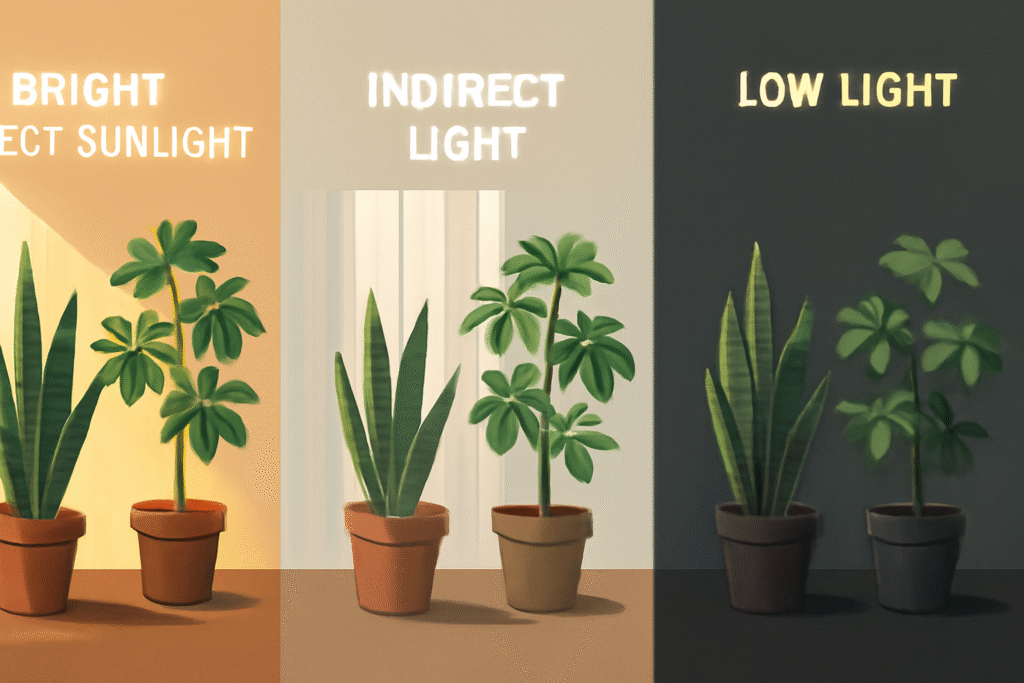Houseplants are not just for decoration; they bring life and vibrancy to a space, purify the air, and even help create a calm atmosphere. However, one of the biggest battles most plant parents fight is figuring out just how much light their plants need. How Much Light Do Houseplants Need? It’s a question that can make or break your indoor garden. Not enough light, and they become leggy and weak; too much, and their leaves will either scorch or fade. This guide will break down everything you need to know about how much light houseplants need so you can create your own thriving indoor oasis.
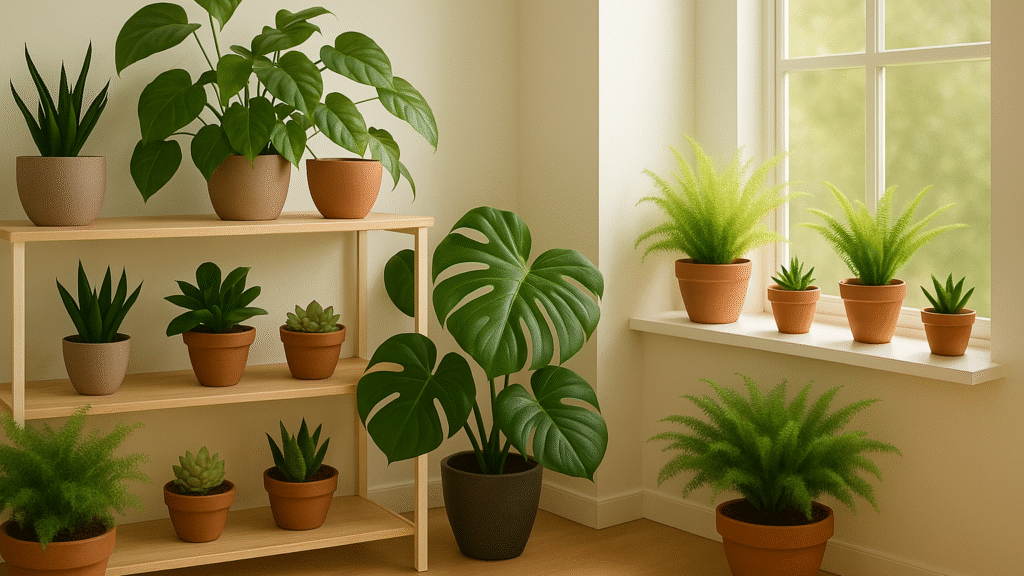
Why Light Is the Lifeblood of Houseplants
Light is one of the most basic needs of houseplants, for it provides the energy for photosynthesis—the process by which plants manufacture their food from sunlight. Without enough light, they cannot produce the food that makes them grow, bloom, and stay healthy. On the other hand, too much light tends to overwhelm them, causing stress and damage.
Matching your plant’s light needs to the available light in your home is the key to success. Whether your home is filled with bright windows or tucked away in a dim apartment, understanding these basics will help your plants succeed.
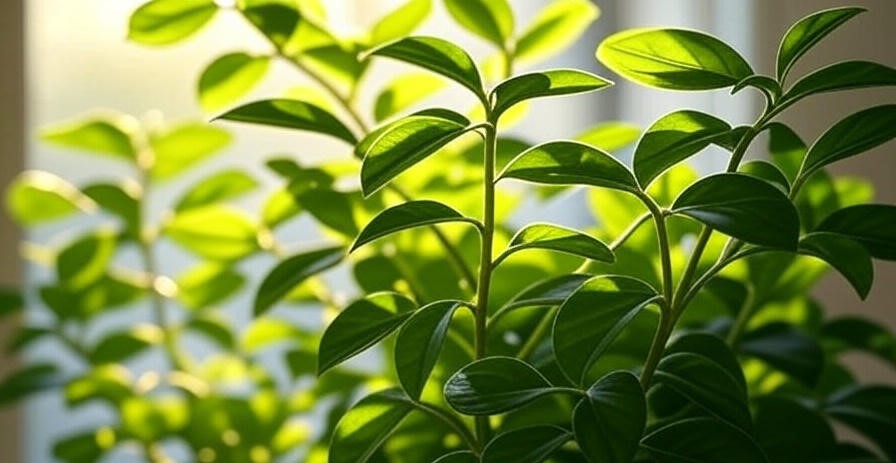
How to Understand and Work with Light
Light for houseplants can be divided into three general classes: bright light (full sun), moderate light (indirect light), and low light. These terms speak of the brightness and type of light a plant receives.
- Bright Light (Full Sun)This type of light is direct and unfiltered, best for plants that love the sun, like succulents, cacti, and fiddle-leaf figs. Plants will fare the best when placed near south- or west-facing windows.
- Optimal Time: At least 6 hours of direct light per day.
- Watch For: Scorched leaves if light becomes too intense, especially through glass.
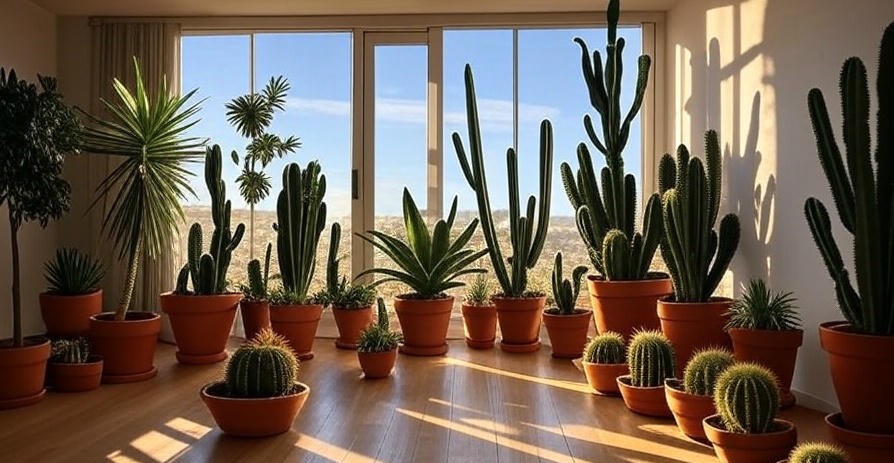
- Moderate Light (Indirect Light)
Most houseplants fall into this category. Indirect light is bright but diffused, similar to light filtered through curtains or reflected off walls. Popular houseplants like pothos, peace lilies, and monsteras thrive in this environment.- Ideal Spots: Near east-facing windows or slightly away from south-facing ones.
- Why It Works: It mimics the filtered sunlight many plants would receive in their natural habitats under tree canopies.

- Low Light
If your space has very little natural light, go with hardy plants like snake plants, ZZ plants, or ferns. While these plants can tolerate low light, keep in mind that no plant can be kept in complete darkness for an extended period.- Best Places: Bathrooms, offices, or shadowy corners in your home.
- Pro Tip: Rotate low-light plants every so often to get even exposure.

Match Plants to Your Home’s Light
Rather than attempting to fit your home to your plants, fit your plants to your home. Here is a quick guide to help:
- Bright Light Lovers: Cacti, succulents, jade plants, and herbs such as rosemary.
- Moderate Light Favorites: Spider plants, philodendrons, monsteras, and rubber trees.
- Low-Light Champions: Snake plants, ZZ plants, peace lilies, and cast iron plants.
When buying plants, check the tags or research their native habitat to know what it requires in terms of light. Plants from the deserts love the sun, while those from the rainforests prefer dappled or indirect light.
Practical Tips on How to Provide the Right Light
If your home doesn’t naturally meet your plants’ light requirements, don’t worry—there are plenty of ways to create the right environment.
- Use Natural Light Wisely
- Place plants near windows but not in direct, harsh midday sun unless they are sun-loving plants.
- Rotate plants every couple of weeks to maintain even growth and prevent leaning.
- Use mirrors to reflect light into the darker corners of your house.
- Supplement with Artificial Light
- Buy LED grow lights that mimic natural sunlight. They are energy-efficient and contain all the spectrum your plants need.
- Places grow lights 6–12 inches above your plants and leave them on for 12–16 hours a day to simulate daylight cycles.
- Remember to turn off grow lights at night to give plants their necessary rest period.
- Adapt to Seasonal Changes
- During winter months, when light is weaker and days are shorter, move plants closer to windows or increase artificial lighting.
- Observe plants by south- or west-facing windows during summer for scorching.
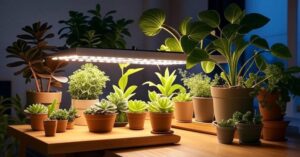
Signs Your Plant’s Light Needs Aren’t Being Met
Your plants will let you know if their light needs are not being met. Here are some common problems and what they mean:
- Too Little Light:
- Symptoms: Leggy stems, slow growth, yellowing leaves, or dropping leaves.
- Solution: Move the plant closer to a light source or supplement with artificial lighting.
- Too Much Light:
- Symptoms: Scorched or crispy leaves, faded colors, or brown spots.
- Solution: Relocate the plant to a spot with less intense light or add a sheer curtain.
- Uneven Light Exposure:
- Symptoms: Plants leaning toward the light or growing unevenly.
- Solution: Rotate plants regularly to promote balanced growth.

A Simple Test to Check Light Levels
If you are unsure about the light conditions in your home, try this simple test:
- Place your hand about a foot above the intended plant spot.
- Sharp Shadow with Defined Edges: Bright light.
- Soft Shadow with Blurred Edges: Medium light.
- No Shadow: Low light.

For greater accuracy, invest in a light meter or download one of the smartphone apps that reads brightness in foot-candles.
Getting the light just right for your houseplants doesn’t have to be a complicated thing. It only requires being aware of what your home can provide in the way of light and matching your plants’ requirements to grow a beautiful indoor garden.
Remember, plants are adaptable. If something isn’t working, adjust their placement, add supplemental light, or experiment with different care routines. Over time, you will develop an intuitive sense of what your plants need to grow and flourish.
Happy planting!


